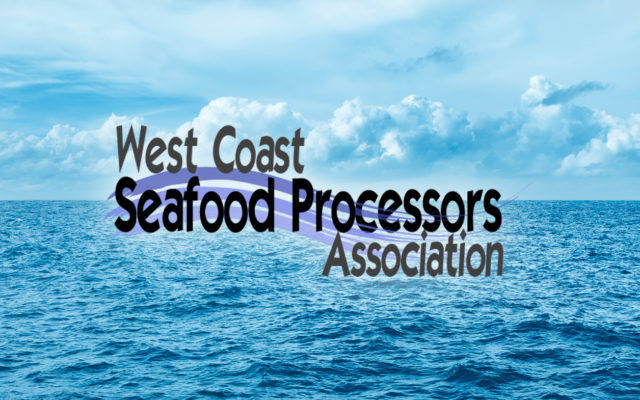Letter asks USFWS to look at potential impacts of sea otter reintroduction

In a letter recently submitted to the U.S. Fish and Wildlife Service (USFWS), a number of seafood processors, ports, fishing associations, and related stakeholders asked the Service to conduct a thorough examination of the potential impacts to fisheries, ports, and coastal communities from sea otter reintroduction along the West Coast.
The West Coast Seafood Processors Association says that this letter was sent in response to a provision included in the Consolidated Appropriations Act of 2021, mandating the USFWS to “…study the feasibility and cost of reestablishing sea otters on the Pacific Coast of the contiguous United States, and to report to Congress on the results of such a study within one year of passage of this bill.”
WCSPA says that sea otters are voracious eaters, and their introduction to areas of the West Coast where sea otters have been absent for many years (primarily Oregon) could result in significant impacts to commercially and recreationally important fisheries and coastal communities.
“The Dungeness crab fishery, for example, is critical to many coastal communities from California to Washington,” West Coast Seafood Processors Association Executive Director Lori Steele said. “We need to thoroughly analyze potential impacts and ensure our crab fishery and other fisheries remain viable when considering sea otter reintroduction.”
Sea otters are protected under the Marine Mammal Protection Act, and those in California and Southwest Alaska are currently listed as threatened under the Endangered Species Act.
WCSPA says that activities along the West Coast that interact or interfere with sea otters or their habitat may likely experience repercussions from the reintroduction of sea otters in remaining areas. They say that in addition to commercial and recreational fishing, other affected activities could include port projects and infrastructure maintenance, oyster aquaculture operations, offshore energy projects, and shipping.
They add that unintended legal and enforcement consequences from sea otter reintroduction could result in changes to fisheries regulations, large fines for individuals or companies, and more.
“This is a serious issue that requires serious thought and consideration,” Steele said. “The Fish and Wildlife Service must conduct a comprehensive analysis of the potential effects and consequences of reintroduction. In this letter, we have asked the pertinent questions, and we expect the Service to provide thorough answers when it releases its study.”
WCSPA and other groups have reached out to the USFWS to ensure questions such as the following were answered:
- We know negative economic impacts will result from sea otter reintroduction, but how much and to what extent? What are the projected total and permanent fishery and harvest losses?
- What are the estimated losses to oyster producers from sea otter reintroduction?
- What other State and Federal management measures will be required to minimize and mitigate sea otter interactions?
- What additional requirements will be necessary for ports to obtain permits for maintenance and infrastructure work?
WCSPA says that even with only months left to finish the study, stakeholder engagement on this issue has been minimal.
“This study needs to be completed in the next four months. Will affected stakeholders and the public have time to provide input and review the study before it’s finalized?” Steele said. “Likely not. Still, it will require significant effort on behalf of the Fish and Wildlife Service to address the important details. Our letter outlines some of those details.”



